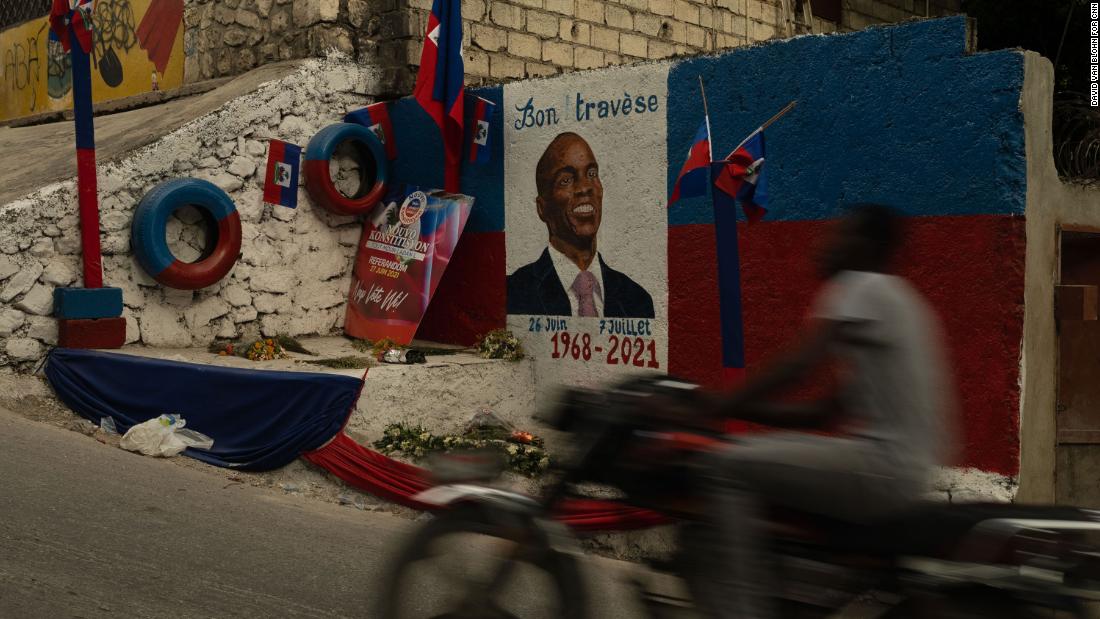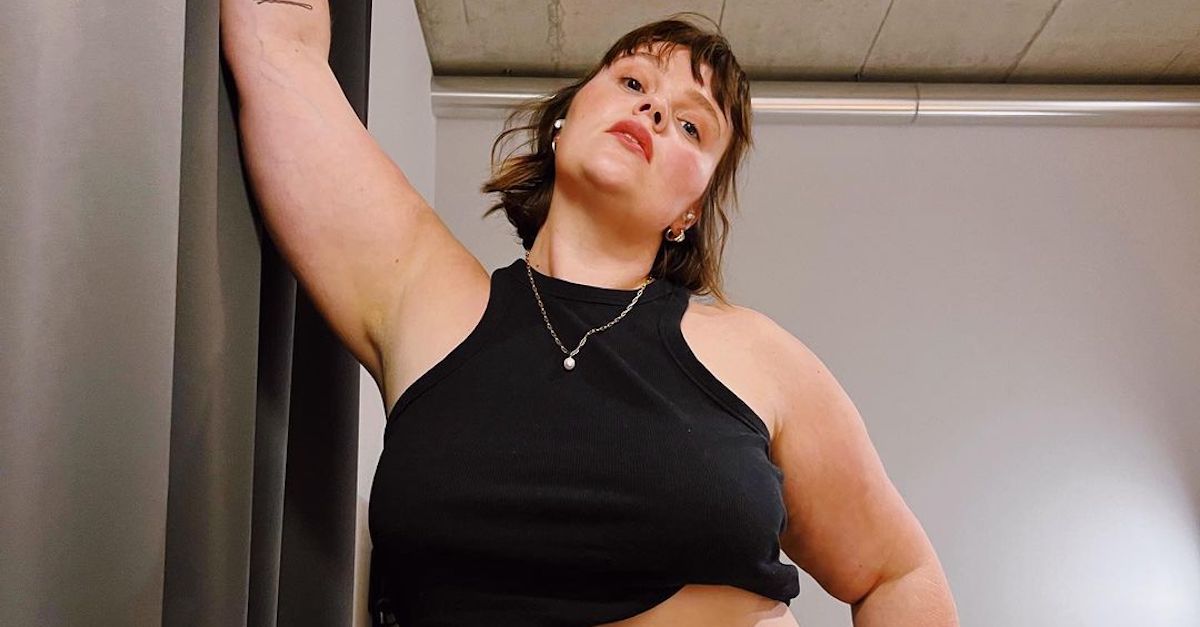Why Keeping Kids Out of Jail Makes Us Safer
As crime rates increase, some are tempted to reach back to facile 1990s-era solutions calling for locking up youth who become involved with the justice system. But hardliners should draw a lesson from New York’s successful “Close to Home” strategy, writes former NYC Correction Commissioner .Vincent Schiraldi.

A decade ago, a 15-year-old arrested in New York City and prosecuted in the juvenile system for stealing a phone or getting in a fight could be sent upstate for “placement” in a violent and chaotic youth prison, often hundreds of miles from home.
That changed in September 2012 when the state, at the urging of then-New York City Mayor Michael Bloomberg, and with the support of then-Gov. Andrew Cuomo, began removing all youth prosecuted in the city’s family courts from the state’s brutal, 19th century-model youth prisons.
They were placed instead into a network of community programs and small, homelike youth facilities located in or near the five boroughs.
A decade later, the results have been nothing short of transformative. As the city grapples today with adult and youth crime post-pandemic, the outcomes from this “Close to Home” Act warrant closer examination.
In 2006, state youth prisons came under sharp scrutiny. Human Rights Watch and the American Civil Liberties Union issued a scathing report about conditions for girls in state custody. Darryl Thompson, a Black 15-year-old boy from the Bronx, was killed during a lethal “takedown” in a youth prison outside of Albany.
Despite the county coroner ruling the death was a homicide, no staff were prosecuted in his killing.
These atrocities drew the attention of the U.S. Department of Justice which investigated and filed a lawsuit in 2009 declaring that the state’s youth prisons were rife with violence.
“Anything from sneaking an extra cookie to initiating a fistfight may result in a full prone restraint with handcuffs,” noted the report..
“This one-size-fits-all control approach has, not surprisingly, led to an alarming number of serious injuries to youth, including concussions, broken or knocked-out teeth, and spiral fractures”
“Toxic Conditions”
The juvenile justice system’s commissioner at the time, Gladys Carrión, put it more succinctly, calling conditions in state facilities “toxic.”
Here’s where the New York story differs from many tales of litigation that often drags on too long with too little progress. Bloomberg decried the archaic youth prison system itself as a “relic of a bygone era.”
He reached out to Cuomo, who was newly elected into his position as governor at the time, and proposed taking all of New York City’s youth adjudicated in family court, over 400 at the time, and returning them to the city instead of trying to repair the broken youth prison model that has dominated youth corrections since the 1800s.
The mayor and governor – with the help of their youth justice staff – hammered out legislation, which passed the Republican-majority state Senate and the Democratic-controlled Assembly handily.
Under Close to Home, kids would stop being placed in state youth prisons starting in September 2012. As the city was negotiating the bill, Bloomberg advanced funding to the New York City Administration for Children’s Services and the city Department of Probation to expand the continuum of community programs designed to meet youths’ needs locally and address public safety.
The Administration for Children’s Services in turn reached out to its residential providers, ultimately contracting for 37 small homes scattered throughout the city ranging in size from six to 20 beds, some locked, some secured by robust staffing complements. And the New York City Department of Education began designing a model school for the youth to attend.
Close to Home passed in April 2012 and, due to a coordinated planning effort that also involved the courts, police, prosecutors, defense attorneys and community advocates, we were ready to start accepting youth a few months later.
The results were outstanding.
Within a few years spanning the end of the Bloomberg administration through the beginning of de Blasio administration, there were no more youth left in state custody and 68 percent fewer youth were removed from home at all.
Youth Arrests Decline 86%
Youth crime declined by 52 percent in the first four years of Close to Home, more than double the decline in youth arrests from the preceding four years. From 2012 to 2021, there has been an 86 percent decline in youth arrests in New York City, compared to a 58 percent decline in arrests for adults.
Programmatic outcomes were also impressive. Ninety-one percent of youth in Close to Home facilities passed all their classes. Eighty-two percent of youth transitioned home to a parent or guardian and 91 percent were enrolled in post-release programming.
New York City was not alone in reducing youth incarceration and crime. Since 2000, there has been a 66 percent decline in youth incarceration nationwide and a 65 percent decline in youth crime.
As fear of crime in New York City is increasing, some are tempted to blame kids and seek to reach back to facile, 1990s-era solutions of more lockup.

Vincent Schiraldi
But New York City is at the leading edge of a national trend showing that, with careful planning, multi-system collaboration, and ingenuity, better treatment of young people and improved public safety go hand in hand.
Vincent Schiraldi is a senior fellow at the Columbia University Justice Lab and a former commissioner of New York City’s probation and correction agencies.. This essay originally appeared in City & State, and is reproduced with permission.

 Landwebs
Landwebs 





















